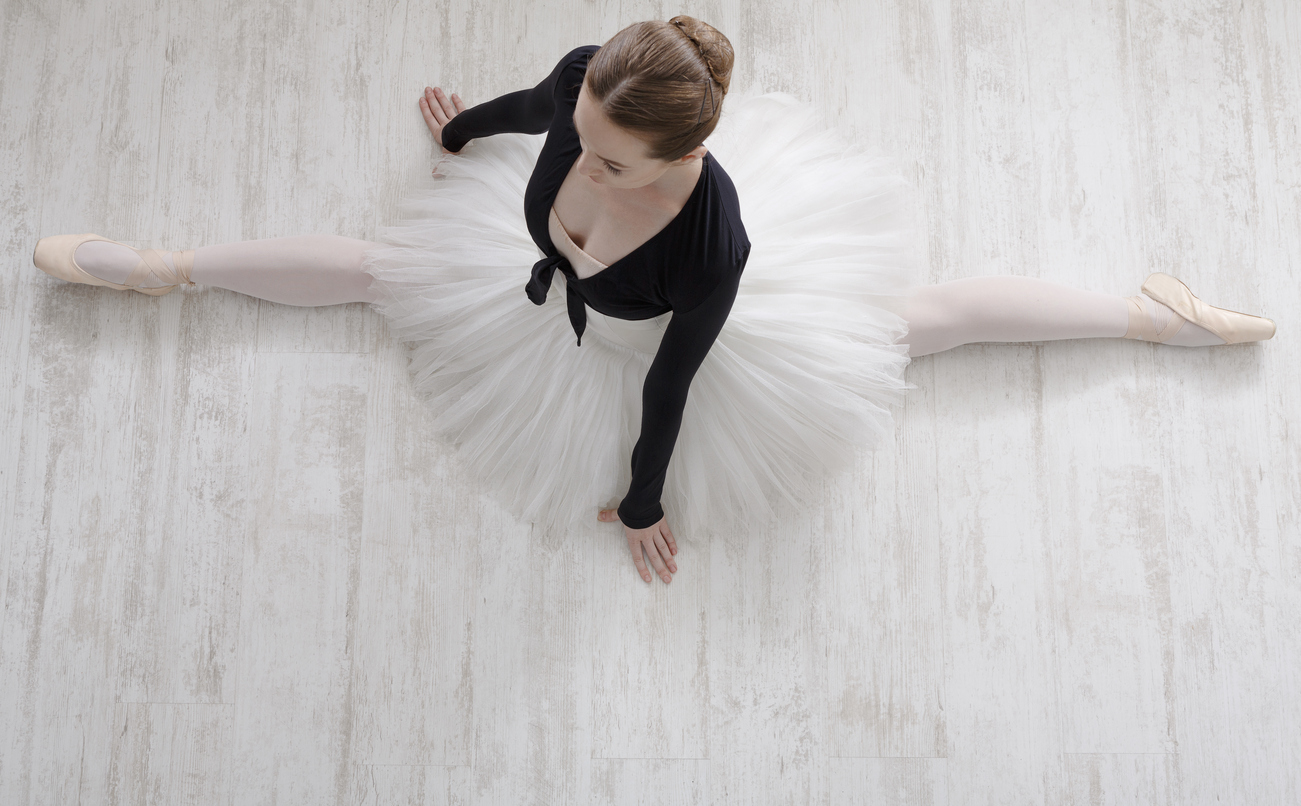
Bangalow Summer 6’s has been going for 6 weeks now and Kim Snellgrove the new owner of Bangalow Physiotherapy has been on the side lines every week giving advice and education to the teams and to perform some pre game taping. As prevention is the best cure we thought it might be helpful to discuss some of the ways we can help prevent soccer injuries.
Most of the taping pre game has been to ankles. This is recommended for high level activity after you have previously had an ankle sprain and helps to prevent recurrence.
There has also been a high prevalence of rectus femoris tears – which is one of the muscles of the quadriceps in the anterior thigh. This is a common football injury from kicking. Post injury management does differ dependent on severity of the injury but as a general rule icing in the first 2-3 days is still recommended as well as compression of the injury. You should also avoid stretching into pain. It is then beneficial to seek professional advice for ongoing management of your injury for optimal return to sport.
Some of the participants who experienced anterior thigh strains reported that they did not warm up or rushed there warm up which shows how important warm up can be to preventing injury. Warm up should include a general warming of the body with walking, then jogging and then active stretching. Active stretching involves movement of all joints of the body through their full range of motion as a movement rather than a static hold.
The PEP program which stands for Prevent Injury and Enhanced Performance has also been shown to assist in preventing soccer related injuries. It was developed by the Santa Monica Sports Medicine Research Foundation. When the PEP program was first trialed in 2002 it was found to reduce ACL (anterior cruciate ligament) tears in soccer players by 41%.
The PEP program should be performed three time per week. The PEP program takes about 15-20 minutes to complete. It involves 5 components:
- Warm Up – 30 seconds jog forward, 30 seconds side to side jog, 30 seconds backward jog
- Strengthening – Walk lunge one minute, Nordic Hamstrings 30 seconds, Single Heel Raises
- Plyometrics – two legged lateral jumps over a 5 cm high cone 30 seconds, then forward and backward jumps over the cone for 30 seconds.
- Agility – sprinting with emphasis on a three step deceleration
- Stretches – calf, hamstrings, quads and inner thigh
As we know prevention is the best cure, so before the next session of the Summer 6’s the participants might start a PEP program 4-6 weeks before the session. It is easily viewed on You-tube, but if you would like more advice you can find Kim at Bangalow Physiotherapy.
Gilchrist, J et al., Am J Sports Med. 2008 Aug;36(8):1476-83. doi: 10.1177/0363546508318188. A randomized controlled trial to prevent noncontact Anterior Cruciate Ligament Injury in Female Collegiate Soccer Players.

30.11.2017
What is dance physiotherapy?
There are two components to dance physiotherapy. There is the prevention and proactive screening of dancers and then there is the treatment of dance injuries and management of their rehabilitation back to full dance capacity.
Screening of dancers is commonly utilised prior to or at the commencement of placement into a dance school or company and prior to the adolescent dancer going enpointe. Screening helps to gain information about the dancer for the health professional, dance teacher or company to promote ongoing health and well-being of the dancer. The information gained from screening is utilised to create training programs to enhance strength, flexibility and fitness, all of which help to improve the skill of the dancer. Injury prevention strategies may also be prescribed from screening.
Adolescent ballet dancers generally around the age of 12 to 14 begin to desire to go enpointe. This transition to going enpointe provides a lovely window of opportunity to screen dancers. The pre-pointe assessment encompasses assessment of posture, functional skill level in dance and the ability of the dancer to maintain good core stability and lower extremity alignment. It also assesses the strength and flexibility of the spine, hips and ankles/feet. Years that the dancer has been dancing and the number of hours of dance the dancer is currently undertaking also influences whether the dancer is ready to go enpointe. Often after a pre pointe assessment is performed the young dancer is given a home program of massaging, stretching or strengthening to help her work on areas that need to be improved. For example, it is generally excepted that a young dancer prior to going enpointe can perform at least 20 single heel rises on both legs with good height and alignment.
Most dance injuries occur in the lower extremity and low back. The majority of lower extremity injuries occur in the ankle/foot with the hip coming in second. Ankle sprains are the most common ankle injury reported. Due to the dancer pointing they are also more likely to develop posterior impingement in the ankle then other sporting groups that can appear similar to Achilles tendonopathy symptoms. Dancers are more likely to injure the hamstring insertion from slow stretching than other sporting activities. Therefore, understanding the mechanism of injury and correctly diagnosing the injury is essential to rehabilitating the dancer as quickly as possible.
There are other factors that need to be considered when rehabilitating the dancer. The need to maintain strength and flexibility throughout the body so as they can return to pre-injury activities as soon as able. It is also important to be aware of the load the dancer places on their body with dance and the hours of dance to which they wish to return. Understanding that the dancer will need to be able to turn in a demipointe position or perform jumps and land from height from leaps onto a previously injured leg also helps to tailor rehabilitation. For example, with posterior impingement of the ankle this can be due to changes to the bone, or irritation to the posterior capsule or bursa. It could also be due to irritation to the flexor hallicus longus tendon. When returning to dance turning and jumping activities will need to be managed differently dependent on the structure that is causing the posterior symptoms.
Kim Snellgrove -About the Author – Kim spent the last year in Sydney working in a Dance Physiotherapy clinic working with the adolescent dancer, full time pre professional and professional dancers. She has been a physiotherapist for 26 years and returned to complete her Masters of Musculoskeletal Physiotherapy in 2012. In 2013 she also worked in Brisbane in a hip specialty clinic which has helped her immensely with treating the dancers hip. She returned to the Northern Rivers area in a full time capacity in March 2017 and looks forward to assisting dancers in this area from Bangalow Physiotherapy. Ph 02 6687 2330
References
Asking, C., Lund, H., Saartok, T., Thorstensson, A., Self reported hamstring injuries in student dancers. Scandanavian Journal of Medicine and Science in Sport, 12/2002, 230-235
IADMS ( International Association for Dance Medicine and Science), The Challenge of the Adolescent Dancer. 2000
IADMS ( International Association for Dance Medicine and Science), Screening in a Dance Wellness Program. 2008
Jacobs, C.L., Hincapie, C.A., Cassidy, J.D., Musculoskeletal Pain and Injury in Dancers. A systematic review update. Journal of Dance Medicine & Science., Vol 16, No 2, 06/2012 74-84
Mayes, S., Foot and Ankle in Dance. 09/2016 ( Sue Mayes is the Senior Physiotherapist for the Australian Ballet)
Smith, P.J., MD., Gerrie, B.J., Varner, K.E. MD., McCulloch, P.C., MD, Lintner, D.M., Harris, J.D., MD, Incidence and Prevalence of Musculoskeletal Injury in Ballet. A Systematic Review. The Orthopaedic Journal of Sports Medicine, 2015, 3 (7)
Wilmerding, M., Krasnow, D., Dancer Wellness. Human Kinetics 2017

Recent Comments